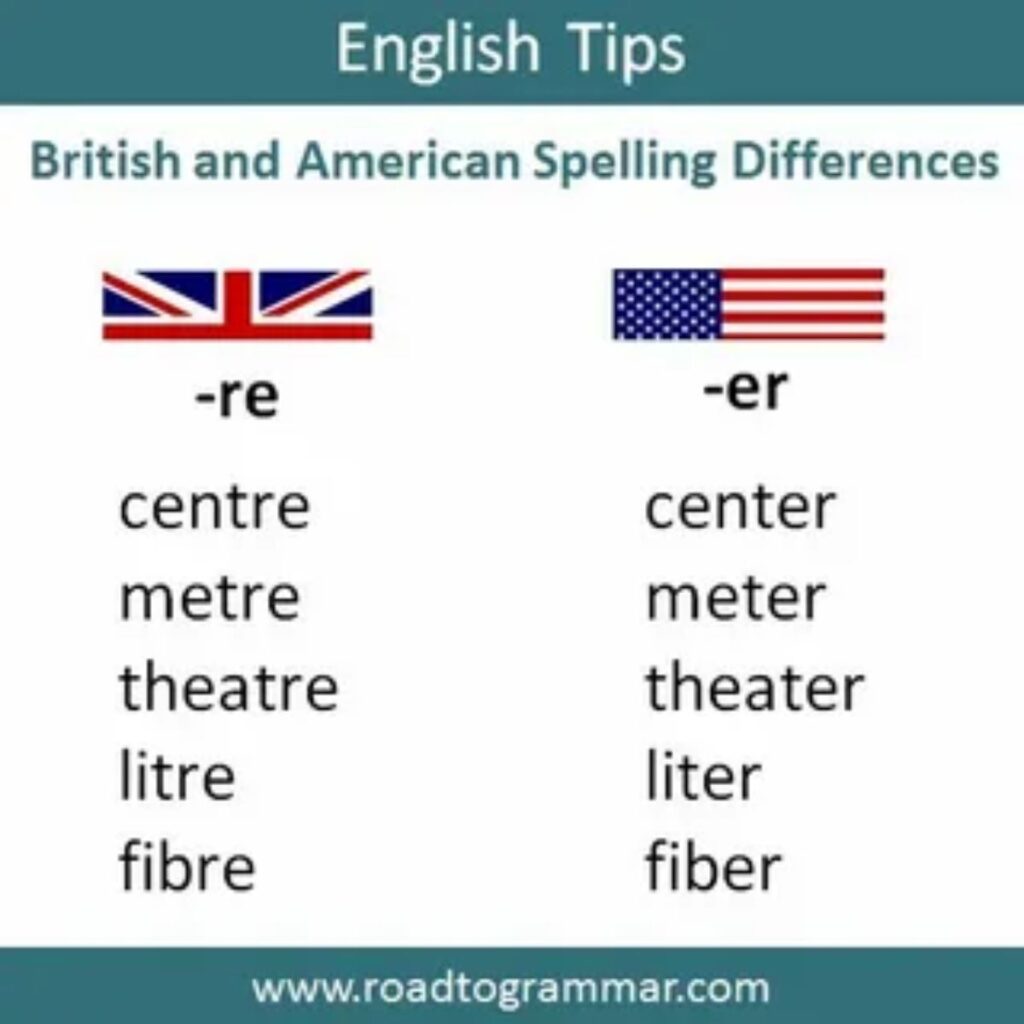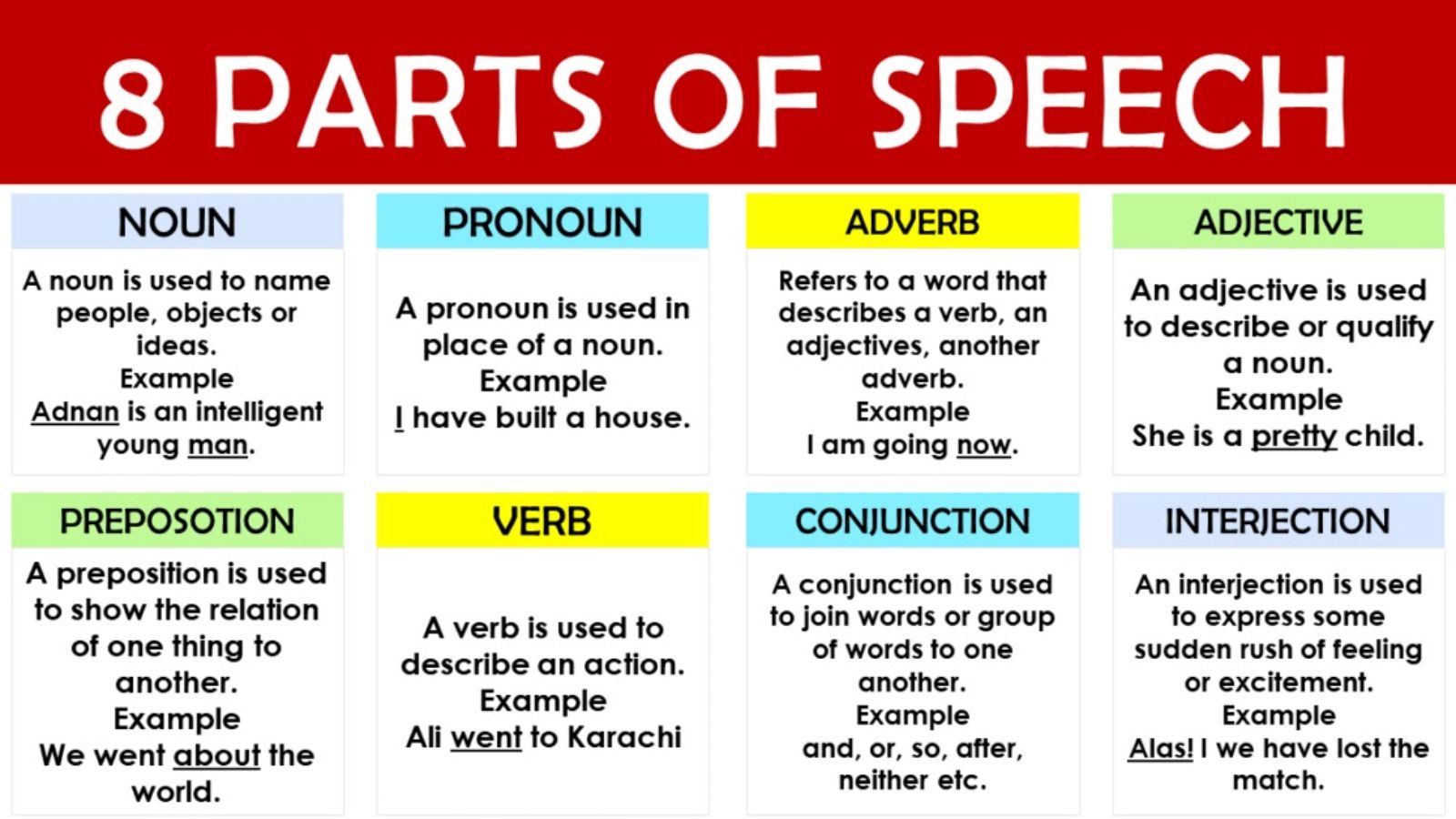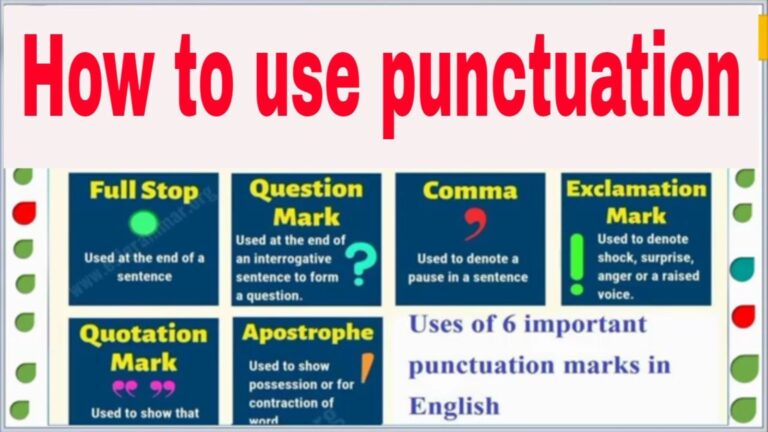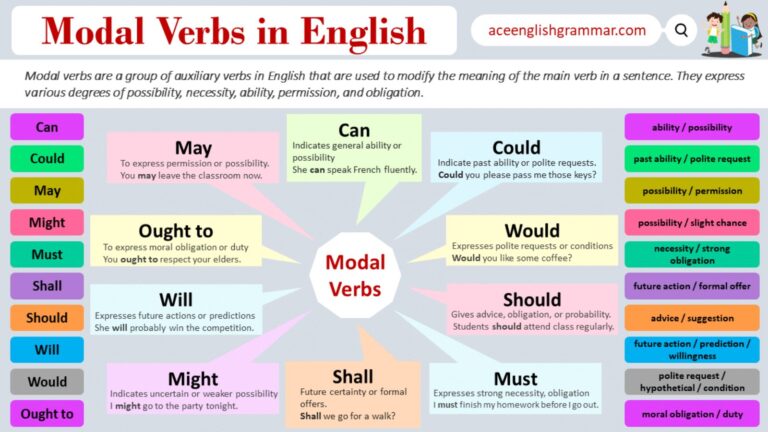107+English Grammar Rules with Examples – The Complete Guide(2026)
English is the global language of education, business, and communication, yet many learners struggle with its grammar rules. People often search for “English grammar rules with examples” because they want a quick, reliable guide to improve writing and speaking. The confusion comes from the fact that grammar is full of exceptions, and rules differ between American and British English.
This article provides clear explanations of important grammar rules, along with real-life examples. It also explores the history of English grammar, highlights the differences between British and American spelling, and shows how to avoid common mistakes. Whether you are a student, professional, or someone preparing for exams, this guide will help you use English grammar correctly and confidently. By the end, you’ll understand the essential rules, see examples in everyday contexts, and know which form of English grammar fits your audience best.
English Grammar Rules with Examples – Quick Answer
English grammar rules explain how words, phrases, and sentences should be structured. Examples make them easier to understand.
👉 Examples:
- Subject + Verb + Object → “She reads books.”
- Tense agreement → “I went to school yesterday” (not “I go to school yesterday”).
- Articles → “I saw a cat” (any cat), “I saw the cat” (specific cat).
Grammar rules give order, while examples show real usage.
The Origin of English Grammar Rules with Examples
The word grammar comes from the Greek gramma, meaning “letter.” English grammar evolved from Old English (5th–11th century), Middle English (11th–15th century), and Modern English (16th century onwards).
Early grammar books appeared in the 16th century to teach Latin learners, later adapted to English. Over time, rules were standardized for schools, exams, and professional use. However, regional variations—like American vs British English—kept some rules different, which is why examples are so important for learners.
British English vs American English Spelling

Grammar rules are mostly the same in both versions of English, but spelling and word choice often differ.
| Rule | British English | American English | Example Sentence |
|---|---|---|---|
| -our vs -or | Colour | Color | “Blue is my favorite color/colour.” |
| -re vs -er | Centre | Center | “The event was at the city centre/center.” |
| Past tense of “learn” | Learnt | Learned | “I learnt/learned English at school.” |
| Vocabulary | Lift | Elevator | “We took the lift/elevator to the 5th floor.” |
Which Spelling Should You Use?
- US Audience: Use American grammar and spelling (color, center, learned).
- UK/Commonwealth Audience: Use British grammar and spelling (colour, centre, learnt).
- Global Audience: Stick to one version consistently to avoid confusion. American spelling is often more common online.
👉 Tip: Match the style to your audience or the platform you are writing for.
Common Mistakes with English Grammar Rules with Examples
- Mixing tenses → Wrong: “He go to school yesterday.” ✔ Correct: “He went to school yesterday.”
- Article misuse → Wrong: “She is best player.” ✔ Correct: “She is the best player.”
- Subject-verb agreement → Wrong: “They was happy.” ✔ Correct: “They were happy.”
- Confusing British/American spellings → Mixing “color” and “colour” in the same text.
English Grammar Rules with Examples in Everyday Use
- Emails: “Please find attached the report.” (formal)
- News: “The Prime Minister announced new policies.”
- Social Media: “I can’t wait for the weekend!”
- Formal Writing: “Students are encouraged to follow academic guidelines.”
Examples show that grammar is not just theory but part of daily life.
English Grammar Rules with Examples – Google Trends & Usage Data
Searches for “English grammar rules with examples” are popular worldwide, especially in:
- India & Pakistan → Students preparing for exams.
- United States & UK → Learners improving professional writing.
- Middle East & Africa → ESL learners seeking grammar basics.
| Country | Search Focus | Example |
|---|---|---|
| USA | Business writing | Emails, reports |
| UK | Academic writing | Essays, research |
| India | Exam prep | Grammar exercises |
| Middle East | ESL learning | Daily communication |
FAQs
1. What are the 5 basic rules of English grammar?
- Subject-verb agreement, 2) Correct tense, 3) Proper use of articles, 4) Sentence order, 5) Punctuation.
2. Why are examples important in grammar?
Examples show how rules work in real sentences, making them easier to understand and remember.
3. Which is easier, British or American grammar?
Both are similar, but American English is simpler in spelling and more common online.
4. Are grammar rules always strict?
No. Spoken English is more flexible, but in writing, rules must be followed for clarity.
5. Can I mix British and American English?
Avoid mixing in one document. Stick to one style for professionalism.
6. How do I practice grammar rules?
Read daily, write sentences, and review with grammar exercises.
7. Do grammar rules change over time?
Yes. Language evolves. For example, “whom” is now less common in daily speech.
Conclusion
Understanding English grammar rules with examples is essential for effective communication in education, work, and daily life. Rules provide structure, while examples make learning practical and easy. Differences exist between British and American English, especially in spelling, but the core grammar remains the same.
To avoid mistakes, focus on subject-verb agreement, correct tenses, and article use. Use examples from emails, news, and social media to guide your practice. Remember, American spelling is common online, while British spelling is standard in the UK and Commonwealth.
In short: learn the rules, apply them with examples, and choose the spelling style that best fits your audience. This approach will improve both your writing and speaking skills.







